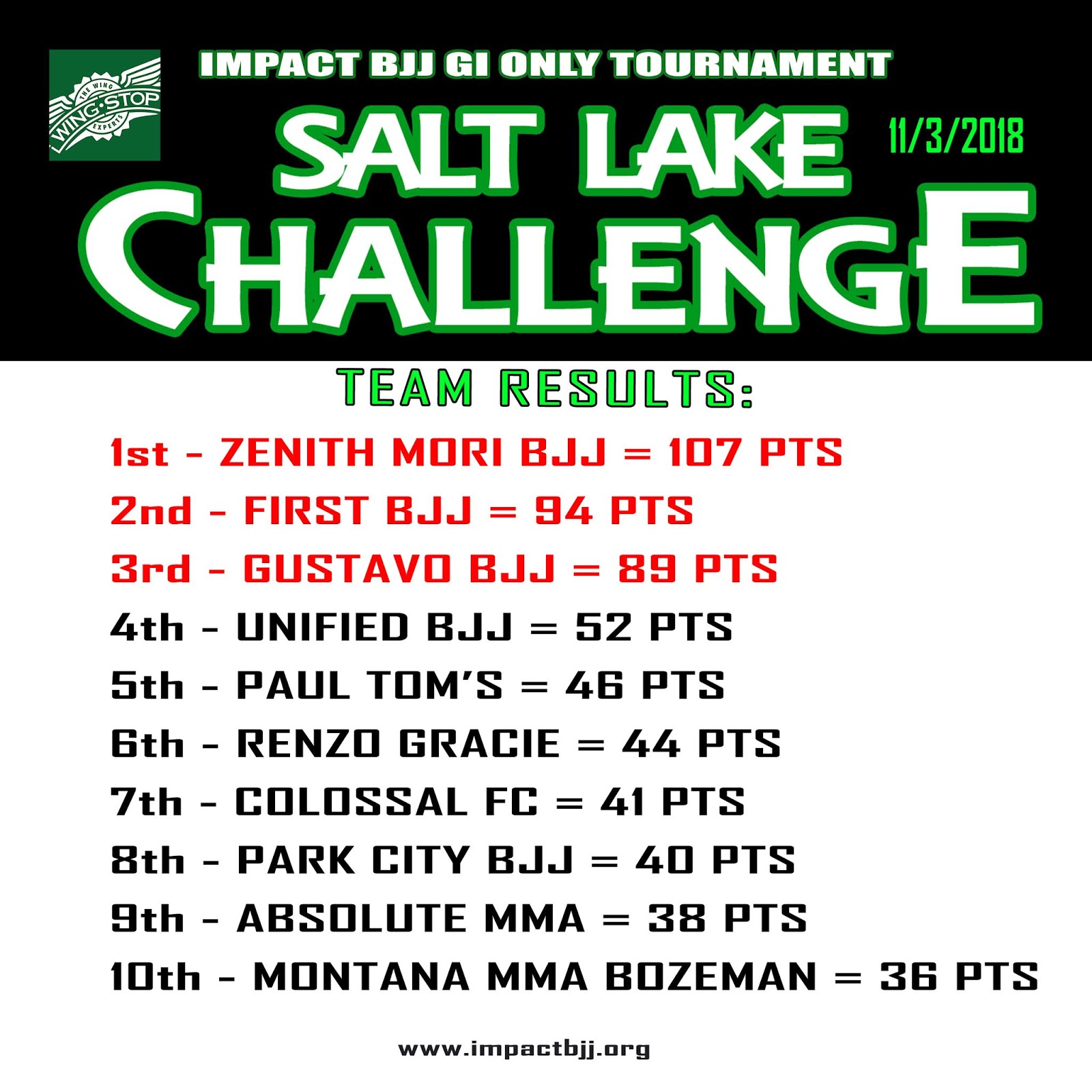C Result Impact
Charpy V Notch Test & Drop Weight Test
Impact consists of the results that are directly due to the outcomes of a program. Results are determined by evaluations that factor out other explanations for these results. Impacts are the long-term or indirect effects of your outcomes. C = Challenge A = Action R = Result. So what does the acronym C.A.R. C = Challenge, A = Action, and R = Result. Together, they form a framework for your work experience that is logical and useful to the recipient. It’s easy to master, and it can be your best tool for making an impact during an interview. C = The Challenge.
Impact Testing of metals is performed to determine the impact resistance or toughness of materials by calculating the amount of energy absorbed during fracture. The impact test is performed at various temperatures to uncover any effects on impact energy. These services provide test results that can be very useful in assessing the suitability of a material for a specific application and in predicting its expected service life.
Impact Test Methods Offered by LTI
Laboratory Testing Inc. in the Philadelphia, PA (USA) area offers metal impact testing using the drop weight test and charpy impact testing methods, including the charpy V-notch test and weld charpy test. The ASTM impact test methods are regularly performed. Testing can be accomplished at temperatures in the range of -452ºF to 500ºF with an impact energy up to 320 ft. lbs.
The Charpy Test method determines the toughness or impact strength of the material in the presence of a flaw or notch and fast loading conditions. This destructive test involves fracturing notched impact test specimens at a series of temperatures with a swinging pendulum. The amount of energy absorbed by the material during fracture is measured. Charpy V notch or U notch test specimens are used.
The Drop Weight Test determines the temperature at which the fracture mode of steel changes from ductile to brittle using a free-falling weight or striker.
Specimens for Impact Testing


LTI has extensive in-house machining capabilities enabling us to quickly prepare precision specimens for our impact testing lab. Our full-service Machine Shop prepares all types of metal impact specimens with the latest CNC equipment. LTI is on NIST’s (National Institute of Standards and Technology) Qualified Manufacturers List for Charpy V-notch Impact verification specimens.
Test Methods/Specifications
- ASTM A370
- ASTM E23
- ASTM E208
- ISO 148

Let us know your requirements for impact testing of metals, and we will provide a fast quote.
The Impact Test Processes
C Result Impact Factor
Iron and all other body-centered cubic metals undergo a transition from ductile behavior at higher temperatures to brittle behavior at lower temperatures. Impact Testing is required by many industries to evaluate the toughness of materials used in manufacturing products, including steel hull plate for ships, nuclear plant pressure vessels and forgings for electric power plant generator rotors.
Charpy Testing
C Result Impact
The Charpy Impact Test entails striking a notched impact specimen with a swinging weight or a “tup” attached to a swinging pendulum. The specimen breaks at its notched cross-section upon impact, and the upward swing of the pendulum is used to determine the amount of energy absorbed (notch toughness) in the process. Energy absorption is directly related to the brittleness of the material. Since temperature can affect the toughness of a material, the charpy test is performed at a series of temperatures to show the relationship of ductile to brittle transition in absorbed energy.
Several machined bar specimens, sized at 1cm x 1cm x 5.5cm with a 2mm deep U-shaped notch at the middle of a specified flat surface, are required to perform some methods of charpy testing. The charpy V-notch impact test is also very common and requires a specimen with a V-shaped notch.
The impact specimens are tested at a series of specified temperatures (e.g. -20ºC, -10ºC, 0ºC, +10ºC, +20ºC) in the range of -452ºF to 500ºF. Low temperature charpy testing involves placing the charpy test specimen in a chamber bath of propylene glycol and dry ice until a calibrated thermocouple records the temperature required for the test.
Once a specimen reaches the precise temperature, it is quickly placed into a special holder in the test machine. The charpy test specimen is placed horizontally with the notch facing away from the pendulum or striker and is supported on two sides.
Watch the process in the Charpy Impact Test Video below.
Drop Weight Test
The drop weight impact test subjects a series of specimens at a progression of temperatures to a single impact load from a guided free-falling weight or striker dropped in a vertical direction. The drop weight test determines the maximum temperature at which a beam specimen breaks or the temperature at which the fracture mode of the steel changes from ductile to brittle, which is called nil-ductility transition (NDT). The initial test is conducted at a temperature estimated to be near the NDT temperature. The remaining specimens are then tested at a progression of temperature intervals to determine the break and no-break performance temperatures within 10°F or (5°C).
LTI Capabilities
- Types of Testing: charpy impact (including V notch, U notch and weld charpy test); drop weight impact test
- Temperatures: -452ºF to 500ºF
- Impact Energy: up to 320 ft. lbs.
- Materials Tested: metals
- Specimen Machining: in-house machine shop prepares drop weight, izod and charpy test specimens; NIST approved for charpy V-notch test specimens